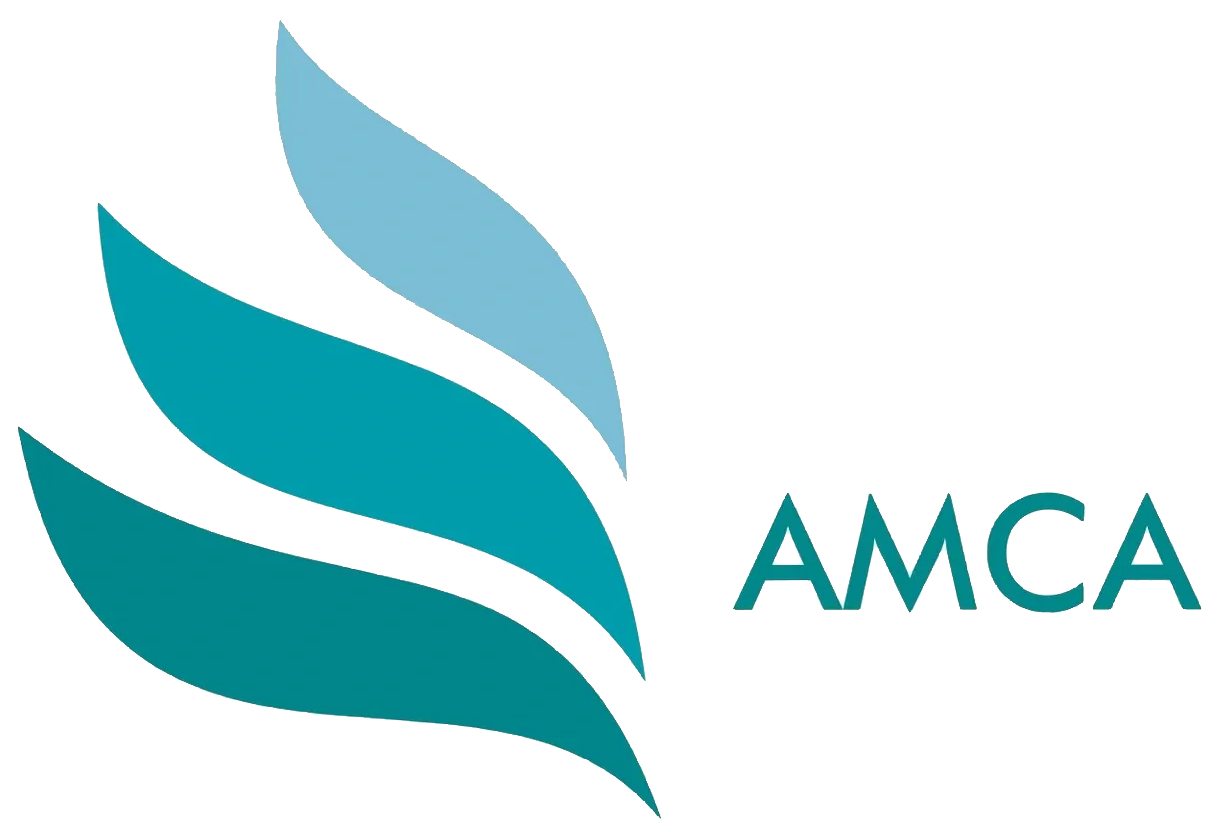Information for Healthcare Professionals
Endocannabinoid System
CANNABINOID MEDICINES
SCHEDULING & ACCESS
Endocannabinoid System
In the 1960’s, Professor Raphael Mechoulam and his team in Israel identified the main constituent of cannabis, Δ9-tetrahydrocannabinol (THC) (Gaoni and Mechoulam, 1964). They and others later discovered the system it works on, the endocannabinoid system. Over the last 30 years, researchers across the globe have still only unravelled part of its complexities.
The endocannabinoid system is a lipid signalling system found in all vertebrates (Silver, 2019). It has important homeostasis functions in a wide range of neural and non-neural tissues (Lutz, 2020). The endocannabinoid system is involved in the regulation of sleep, pain, thermoregulation, metabolism, appetite regulation, digestion, inflammation, cardiovascular and immune function, emotions, stress response, memory, cognition, neuroprotection and development (McPartland et al, 2014). While its presence and impact are far reaching, its effects have been summarised as (Di Marzo, 1998): “relax, eat, sleep, forget and protect”.
The endocannabinoid system consists of endogenous ligands (endocannabinoids), cannabinoid receptors and enzyme proteins that form and break down the endocannabinoids. Together they work to maintain a stable internal environment via retrograde neurotransmission, effectively dialling down the neurotransmitters at the synapse (Lutz, 2020).
Cannabinoids
eg AEA, 2-AG, PEA
Receptors
eg CB1, CB2
Enzymes
eg FAAH, MAGL
Cannabinoid Medicines
Cannabinoid medications are produced from a single cannabis plant, Cannabis sativa L. However, there are more than 1000 strains or cultivars of this species (Hazekamp et al 2016). Each chemovar, and indeed each individual plant, contain a vast range of chemical compounds within them. The main compounds of interest to researchers and patients are phytocannabinoids, the plant-based cannabinoids that interact with our own endocannabinoid system. The other main groups of compounds associated with cannabis are terpenes and flavonoids. Given this complexity, research on the effects of each compound will be long-coming (Lewis et al, 2018).
Cannabinoids are mostly found within the small hair-like projections on the female flower, called glandular trichomes (Andre et al, 2016). More than 140 different cannabinoids have been identified to date (Meiri, personal communication). The two main cannabinoids of most Cannabis chemovars, delta-9-tetrahydrocannabinol (THC) and cannabidiol (CBD), are also the most studied. Other important phytocannabinoids include cannabinol (CBN), cannabigerol (CBG), cannabichromene (CBC), tetrahydrocanna-bivarin (THCV), and cannabidivarin (CBDV) (Baron, 2018).
THC
(Tetrahydrocannabinol)
CBD
(Cannabidiol)
Scheduling and Access
In Australia, cannabinoid medications can be prescribed as controlled medicines.
Cannabis and tetrahydrocannabinol
Under certain circumstances, cannabis (including seeds, extracts, resins and the plant or any part of the plant) and tetrahydrocannabinols (when extracted from cannabis) when prepared or packed for human therapeutic use, are ‘Controlled Drugs’ under Schedule 8 (S8) of the Poisons Standard. When plant matter is sourced in any other way, this is deemed Schedule 9 (S9) and is illegal.
Cannabidiol
Cannabidiol (CBD) is one of the cannabinoids which may be extracted as a therapeutic good from cannabis. From 1 June 2015, cannabidiol was included under Schedule 4 (S4) Prescription Only Medicine of the Poisons Standard when the cannabinoids component in the preparation for therapeutic use contains at least 98% cannabidiol and 2% or less of other cannabinoids found in cannabis.
In December 2020, the TGA created a new entry within Schedule 3 (S3) Pharmacist Only Medicine for oral preparations at a maximum of 150 mg of CBD per day. This requires a product to be listed on the Australian Register of Therapeutic Goods (ARTG). It is expected that a product will be available in or after 2023.
Products listed by active ingredients
The TGA updated the way they categorised cannabinoid medications in November 2021. Previously, access was approved for individual patients with specific products. These changes allow practitioners to prescribe a category of medication for each patient. Categories of cannabinoid products have been determined based on the proportion of CBD content compared with the total cannabinoid content of the medicine.

Only products in category 1 are within Schedule 4. All remaining categories are within Schedule 8.
Access to approved cannabinoid products
There are currently two cannabinoid-based medications listed on the Australian Register of Therapeutic Goods (ARTG). These may be prescribed as per other approved medications. Several states require additional permits for prescribing these medications (eg ACT, WA).
Epidyolex (S4)
100 mg/ml CBD oral liquid solution indicated for use as adjunctive therapy of seizures associated with Dravet or Lennox-Gastaut syndrome for patients 2 years and over.
Sativex (S8)
80 mg/ml nabiximols oralmucosal spray (27 mg THC, 25 mg CBD, 4 mg other cannabinoids) indicated as treatment for symptom improvement in adult patients with moderate to severe spasticity due to multiple sclerosis.
Access to unapproved cannabinoid products
Alongside the Therapeutic Goods Act 1989 (the Act), there are a number of mechanisms to enable access to unapproved therapeutic goods. For cannabinoid-based products these include access through:
- Special Access Scheme (SAS)
- Authorised Prescriber Scheme (AP)
- Clinical trials
Medical practitioners (prescribers) are to consider all clinically appropriate treatment options that are included in the Australian Register of Therapeutic Goods (ARTG) before applying to access an unapproved medicinal cannabis product under the SAS. Where products in the ARTG are found to not be clinically suitable, the SAS provides a pathway for prescribers to access unapproved products for individual patients on a case-by-case basis.



